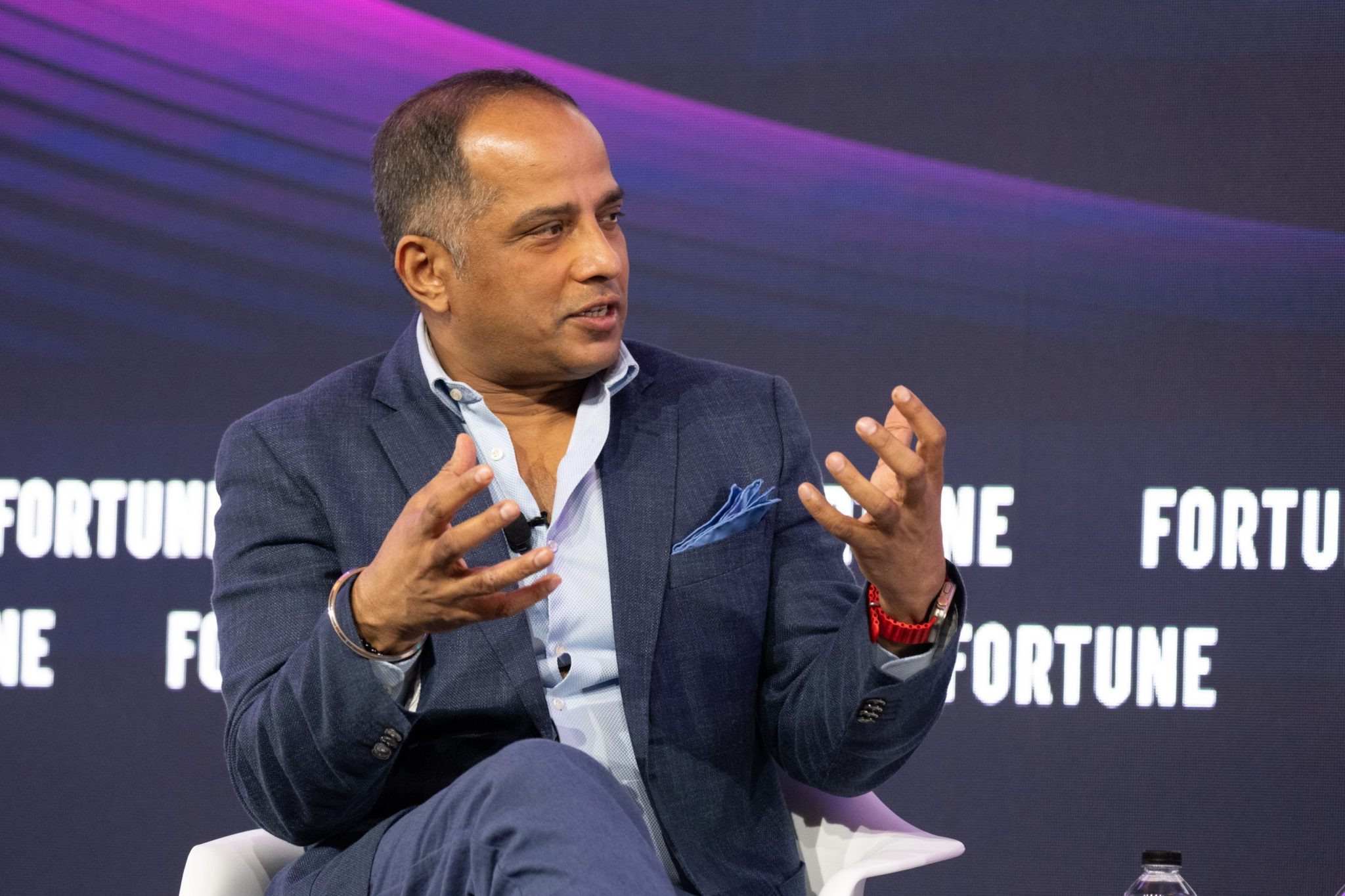Artificial intelligence is no longer just a buzzword thrown around in the boardroom. This technology now powers modern finance, shaping how money moves and how decisions are made. Through rapid trading, personalized wealth management, algorithmic credit scoring, and automated back-office functions, AI is helping financial institutions reduce costs and deliver greater value to their clients.
Yet these benefits will primarily help those that already have access to a bank—and not the more than one billion that still lack access to formal financial systems. A staggering $5.2 trillion credit gap prevents small businesses in emerging markets from growing. Financial inclusion is stubbornly out of reach for these business and individuals.
AI, combined with Web 3.0 technologies, could expand access to unbanked and underbanked populations, but only if it’s not treated as an afterthought. Financial institutions must harness AI, develop advanced methods to determine consumers’ intent to repay loans, and use alternative datasets to unlock collateral-free credit for those most in need. Collaboration, not disruption, is the way forward.
In Kenya, Indonesia, and Brazil, startups are utilizing alternative datasets, such as mobile usage and merchant transactions, to deliver microloans and insurance to last-mile customers overlooked by traditional banks. In India, multilingual AI chatbots are already breaking down language barriers. In Latin America, fintech platforms have leveraged AI to reach millions of customers, making financial services accessible at scale.
But financial exclusion won’t be eliminated by just another app. Instead, policymakers need to create inclusion frameworks that embed equity and access directly into the financial system.
This requires building global infrastructure where inclusion is the norm, not the exception. For example, the UPI-PayNow bridge between India and Singapore is a real-time payments corridor allowing instant transfers with just a mobile number. But this bridge wasn’t built overnight; it’s the result of years of policy coordination, regulatory alignment, and public-private trust.
Furthermore, in banking, collateral remains the cornerstone of traditional lending: If you want a loan, you must pledge an asset. This approach excludes low-income individuals—millions without property or savings—from accessing formal credit.
While banks use AI mainly for efficiency today, the real potential lies elsewhere. Banks could develop strong behavioral data models using AI, serving as proxies for collateral and indicators of creditworthiness, thereby opening access for those left behind.
Lasting change in any sector requires sustained collective action, not just individual brilliance. Disruptive breakthroughs spark innovation, but when multiple stakeholders work together toward common goals, they can overcome resistance, manage complexities, ensure everyone’s input, and keep up momentum to make progress resilient and deeply rooted.
In finance, AI can have unintended consequences due to opaque algorithms, biases that reinforce risks, and systems that are hard to understand. For AI to promote inclusion, it must be transparent and understandable to regulators. Institutions that use such AI need to be accountable. This involves rigorous bias testing, built-in human oversight, and clear channels for appealing major decisions. Trust is essential: Without it, liquidity dries up, credit markets freeze, and economic growth slows.
As the world enters a new technological age, AI, digital token networks, and quantum information systems are poised to transform global financial inclusion. AI will redefine financial services. Digital token networks will enable borderless, low-cost transactions through asset tokenization, eliminating the need for traditional infrastructure. And quantum information systems will enhance cybersecurity and streamline digital identification, payments, and smart contracts.
Together, these technologies will build a trustworthy financial infrastructure, providing everyone, regardless of location, literacy, or economic status, with safe and affordable access to the global economy.
By embedding inclusion into our financial infrastructure, we’ll have another opportunity to create a system that meets the needs of the world’s eight billion people.
This story was originally featured on Fortune.com
Around one billion people still lack access to formal financial systems. AI can help close the gap—in part by allowing for collateral-free lending.

anabolic diabolic
testo max hd amazon